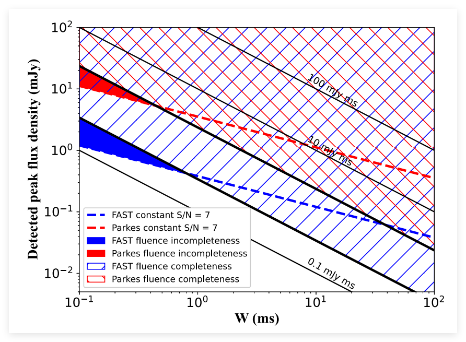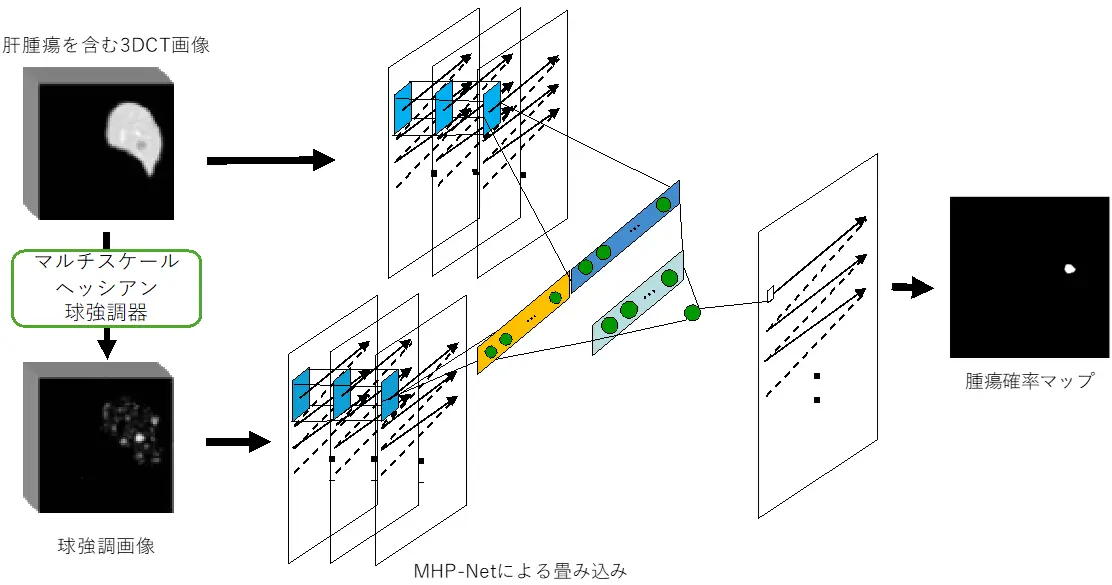2025-06-13 中国科学院(CAS)

The flux density width parameter space (Image by XAO)
<関連情報>
- https://english.cas.cn/newsroom/research_news/phys/202506/t20250616_1045624.shtml
- https://iopscience.iop.org/article/10.3847/1538-4357/adc92e
脈動する超大質量X線天体から高速電波バーストと電波パルサーを探す Search for Fast Radio Bursts and Radio Pulsars from Pulsing Ultraluminous X-Ray Sources
Juntao Bai, Na Wang, Rui Luo, Wei-Yang Wang, Shi Dai, Songbo Zhang, Shiqian Zhao, and Shuangqiang Wang
The Astrophysical Journal Published: 2025 April 23
DOI:10.3847/1538-4357/adc92e
Abstract
We conducted targeted fast radio burst (FRB) and pulsar searches on eight pulsing ultraluminous X-ray sources (PULXs) using the Five-hundred-meter Aperture Spherical radio Telescope (FAST) and the Parkes 64 m Radio Telescope (Murriyang) to investigate whether PULXs could be progenitors of FRBs. FAST carried out 12 observations of four PULXs, totaling 8 hr, while Parkes conducted 12 observations of the remaining four PULXs, totaling 11 hr. No significant signals were detected through single-pulse and periodic searches, covering a dispersion measure range of 0–5000 pc cm−3, placing stringent upper limits on the radio flux density from these sources. The results imply that accretion processes and dense stellar winds in PULXs likely suppress or attenuate potential coherent emission in the radio band. Additionally, the beaming factor and luminosity of FRBs associated with PULXs, as well as the highly relativistic and magnetized nature of their outflows, may limit detectability. Nondetection yielded from the observations covering the full orbital phases of PULXs can also constrain the theoretical models that link FRB emission to highly magnetized neutron stars in binary systems.



